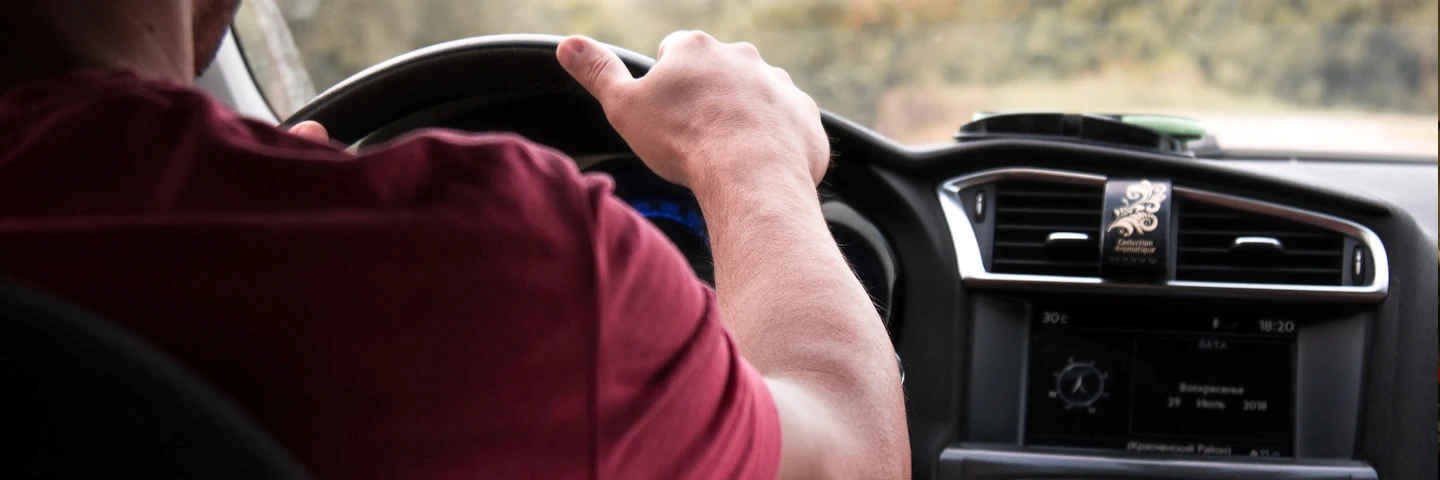Your car's heating and cooling system plays a crucial role in your driving experience, ensuring comfort in all seasons. Beyond keeping you warm in winter and cool in summer, a properly functioning system contributes to overall vehicle performance and efficiency. From defrosting windows for optimal visibility to preventing engine overheating, this system is integral to your safety and comfort on the road. Explore the significance of maintaining and repairing your auto heating and cooling system for a smooth and enjoyable journey in any weather.
Signs Your Engine Heating and Cooling System May Require Attention:
- Weak cooling compared to the outside air
- Unpleasant, musty odors or mildew-like smells from the air
- Slow cabin warming during cold weather or just slightly warmer than outside
- Delayed or non-functioning defroster
- A/C or heater only works while the vehicle is in motion, not when idling, or stops working when the car is stationary
- Cold air from the heating system or warm air from the A/C
- Insufficient airflow even at maximum fan settings
A Comprehensive Assessment of Your Heating and Cooling System Comprises of:
- Examination of internal controls and blower
- Inspection of radiator coolant temperature, hoses, radiator cap pressure, and thermostat
- Evaluation of the compressor belt
- Thorough inspection of the system and seals for leaks or damage
- Conducting a cooling system pressure test
- Verification that A/C pressure meets manufacturer specifications
- Measurement of the interior vent air temperature
Our Range of Repair and Maintenance Services Include:
Belts
The fan belt, also referred to as a drive belt, connects your vehicle's engine to its front-mounted accessories. This belt is responsible for rotating the water pump and engine fan, ensuring a cool engine environment. Unfortunately, over time, your vehicle's fan belts can dry out and develop cracks, requiring a replacement.
It's important to entrust this kind of task to seasoned professionals. Our mechanics can conduct a thorough inspection of your car's belts, replace any worn ones, and ensure the installed belts are properly adjusted for optimum performance.
Coolant System Flush
A car's coolant system transfers excess heat from one part of the engine and dissipates it through the radiator fins. As time goes on, the coolant can become old and contaminated, negatively impacting the system's performance. To maintain optimal system function, consider regular coolant system flushes as part of your vehicle's cooling system maintenance.
Hoses
Hoses have the crucial role of transferring coolant and antifreeze throughout the engine's cooling system, including the radiator. With time, these hoses can dry out and develop cracks, leading to leaks. When it's time for replacement, you can rely on our team of experts for your vehicle repair needs.
Radiator Flush
Your vehicle's radiator is responsible for keeping the engine cool and safeguarding it from excessive heat. To maintain its effectiveness, the radiator must remain clean at all times. Sludge, rust, and other solid deposits can accumulate inside the radiator, leading to clogs and reduced system efficiency. This, in turn, can negatively affect your vehicle's performance. Incorporating regular radiator flushes into your routine car maintenance schedule is essential.
Radiators
Radiators serve as heat exchangers, cooling your car's internal combustion engine. They accomplish this by circulating engine coolant through the engine block and then releasing the heat into the atmosphere through radiation.
Radiators consist of a set of tubes through which engine coolant flows, surrounded by fins. When a radiator fails, the excess heat produced by the engine could potentially damage vital engine components. To prevent such issues, it's crucial to have your radiator regularly serviced. For expert radiator maintenance, visit Mike's Plum Street Automotive today.
Preparing Your Vehicle for Summer
Getting your car ready for the challenges of summer, including heat, dust, and traffic congestion, can significantly reduce the risk of breakdowns. At Mike's Plum Street Automotive in Olympia, our technicians are equipped to perform essential preventive maintenance to ensure your car is summer-ready. Here are some recommended services:
- Battery check
- Fluid replacement
- Examination of belts and hoses
- Inspection of climate and coolant systems
- Evaluation of wiper blades
- Tire inspection
- Assessment of headlights, turn signals, and tail lights
With these services, your car will be fully prepared to handle hot weather, allowing you to enjoy your summer to the fullest
Preparing Your Vehicle for Winter
Winter weather can be harsh on both you and your vehicle. You can trust the skilled technicians at Mike's Plum Street Automotive to prepare your car for the challenges of winter. Here are some recommended winter weather services:
- Battery check
- Tire inspection
- Evaluation of wiper blades
- Fluid checks
- Assessment of headlights, turn signals, and tail lights
- Examination of the exhaust system for leaks
- Inspection of belts and hoses
- Assessment of the heating system
With the help of these services, your car will undoubtedly be ready to tackle winter weather, ensuring your driving experience remains safe and comfortable.
Radiator Questions and Answers
When should I replace my radiator?
Often, radiators will last for the entire life of a car. On average a radiator lasts 8 to 10 years. However, there are a few factors that can reduce a radiator's working life such as improper maintenance, driving habits and environmental conditions.
What does radiator service include?
Radiator service starts with draining the system. Then we flush the radiator and engine block, inspecting all hoses to make sure they're not cracked. Next we refill the radiator with fresh coolant and finish by pressure testing the radiator cap and cooling system.
What is causing my engine to overheat?
The most common reason a car overheats is a lack of coolant or a coolant leak. However, if you have an older vehicle, it may also indicate that it is time to replace your radiator, thermostat, water pump or heater core. If it continues to be a problem that you can't fix, your best bet is to bring it to our shop in Olympia.
Coolant Questions and Answers
What is causing my coolant light to come on?
If the dashboard light is red, indicating your car is overheating then you should pull over as soon as it is safe to do so and switch off the engine. If the coolant level is low or there is another problem with your cooling system, you could cause serious damage by continuing to drive.
When should I do a coolant flush?
Your vehicle's owner's manual will recommend getting the coolant flushed about every 30,000 miles or three to five years, whichever comes first. Make sure to consult your owner's manual as some outline a more specific interval depending on the vehicle's make and model and your driving habits.
Why is my coolant leaking?
Corrosion within the radiator is the leading cause of a coolant leak. As the radiator tubes get older and weaker, sediment or debris collects inside and causes a leak. The sealing gasket between the tank and the radiator can also wear out, and lead to a leak.
How do I know what coolant I should use?
Your car's owner's manual provides a wealth of information. Follow the recommendations in your car's owner's manual to the letter unless otherwise recommended by the manufacturer or auto repair professionals. It will tell you what type of coolant is best to use in your vehicle. If you don't have a copy of your owner's manual, you can most likely find the information you need on the manufacturer's website.
To learn more about our Heating and Cooling services, call us at 360-754-3990 or request a quote by clicking below:
Request Quote
















